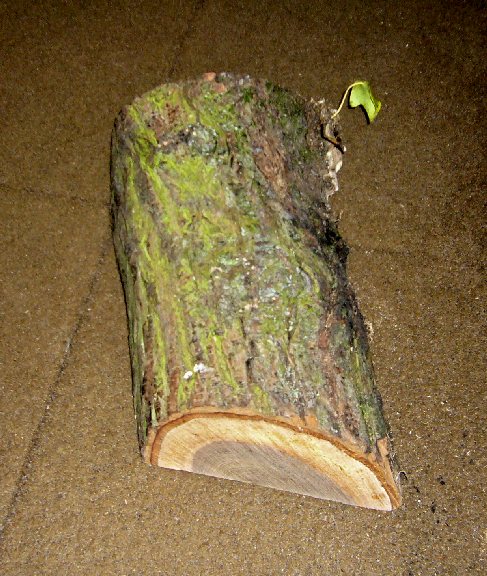I've just been up to the site of an old house near Edinburgh to see what a friend of mine was talking about re. a fallen tree. He sent me because he had seen the branch wood and the stump, and had identified yew because it was brown in the centre and white sapwood.
I've retrieved a 6 ft length x 8" of what he didn't tell me was horribly covered in fresh ivy, and there is plenty more (ivy too!) - the main bole has clearly been removed, I imagine by a timber merchant as it was some 3ft across, and the brown goes down to the stump. The bark says ash to me, but the definite brown colour through all the bole and branch wood is puzzling. I've worked with olive ash but this is a more intense colour than that. Is ash likely to do this or is it possibly an exotic grown on the old house park land?
Rob
I've retrieved a 6 ft length x 8" of what he didn't tell me was horribly covered in fresh ivy, and there is plenty more (ivy too!) - the main bole has clearly been removed, I imagine by a timber merchant as it was some 3ft across, and the brown goes down to the stump. The bark says ash to me, but the definite brown colour through all the bole and branch wood is puzzling. I've worked with olive ash but this is a more intense colour than that. Is ash likely to do this or is it possibly an exotic grown on the old house park land?
Rob











